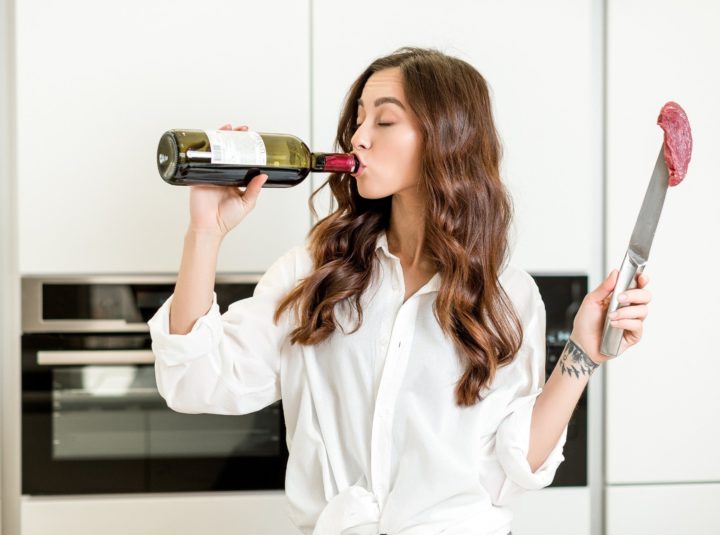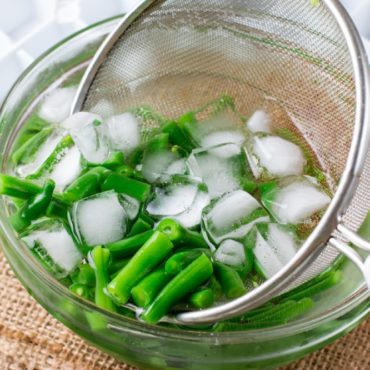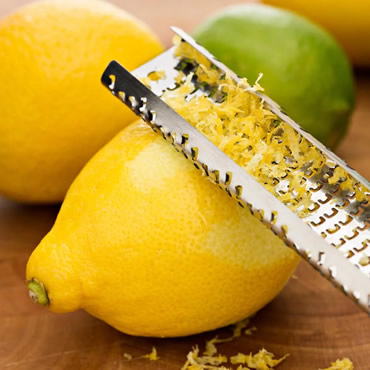Let’s face it, cooking is part of adulting and at some point, you need to move beyond unwrapping a frozen pizza. Once you’ve embraced this, we suggest learning how to deglaze a pan. Why? It’s easy and it gives you an excuse to down 3/4 of a bottle of wine during meal prep.
Deglazing a pan is actually a two-for-one in the cooking world where the cleaning and sauce prep happen at the same time. Don’t let the fancy cooks fool you. It’s SUPER simple. All you need is a liquid, like broth, wine, beer, or even juice, and you can capture all of the flavor left behind when you sauteed, pan-fried, or seared your protein. The result is an almost-clean pan and a delicious sauce or glaze that will have your friends begging for more.
Deglazing Basics
Whether you roast, bake or saute, a ton of flavor is left behind if you leave the brown residue at the bottom of the pan. Deglazing transforms these intense flavor bits, known as ‘fond’, into a sauce by adding liquid and heat. The best part, it’s virtually fool-proof, as long as you start with bits that aren’t burnt. This simple cooking hack is one that even a newbie like you can do by following these 3 steps:
- Cook the protein then move it to your serving dish and cover it.
- Add a liquid to the hot baking dish or pan.
- Move the liquid and bits around the pan and voila, the browned bits left in the pan are transformed into a delicious sauce or glaze that brings the flavor of your main dish to a new level.
Want to know more?
The 411 on Deglazing Techniques
Now that you have the basics, let’s talk technique.
Start with a Clean Pan
We get it … dishes are a pain. But don’t skip this step before you cook your meat or you’ll end up with flavors you don’t want in your dish. This is especially important when deglazing the pan because it’s the bits that are left behind that build the flavor. Cast-iron cooks who follow the instructions to clean their cast-iron pan by wiping it down with a dry paper towel or cotton dishcloth know what we’re saying.
Choose Your Deglazing Liquid
Wine, broth, or stock are the most common choices for deglazing a pan, but just about any liquid can be used. The options are endless: bourbon, scotch, whiskey, beer, vinegar–even fruit juices are great alternatives. This is where experimentation comes in. Don’t like the flavor the first time? Change things up the next time and make note of what you like.
Not sure where to start? Consider the following:
- Chicken or vegetable stock are the go-to for many home chefs because they typically have the same seasoning used on the meat so they deepen the flavors.
- White wine adds a tanginess to chicken and fish dishes and is a great base for a lighter sauce.
- Red wine is great for beef dishes and chicken dishes with darker sauces.
- Balsamic vinegar adds a rich, tangy, luxurious flavor.
- A stout or strong ale adds intrigue with caramelized notes (especially great with steak).
- Pineapple juice adds a tropical flair.
- White grape juice adds sweetness (and leaves more white wine for drinking).
Pro tip: Adding a tablespoon of white wine vinegar or lemon juice to any of the liquids adds a zing that lingers on the palate.
How Much is too Much?
Now that you’ve picked your liquid, it’s time to measure it out. The cool part of deglazing is that you really can’t go wrong. If you add too little, you can always add more and if you add too much, you simply cook it longer to boil out the excess. As a rule of thumb, the volume of liquid you add should be based on the number of people you’re serving. We recommend starting with about a half a cup of liquid per person, then adding more as needed.
Pro tip: If you haven’t already done so, now’s the time to pour yourself a glass of vino.
Get Things Moving
Using a wooden spoon, move the liquid around the pan, while running the spoon along the bottom and sides to loosen the fond. Continue stirring until it all melts into the liquid. You can add that mixture to an existing sauce or use it as the base for a delicious gravy. You can also add a bit of butter or other fat to create a glaze that can be poured over your protein, vegetables, or starch before serving.
Can You Drink Your Favorite Vino While Deglazing the Pan?
Of course (didn’t you see our pro tip?)! Just remember, cooking alcohol burns both alcohol and calories, but drinking alcohol doesn’t do either.
Have deglazing tips or recipes to share? Post them here!



